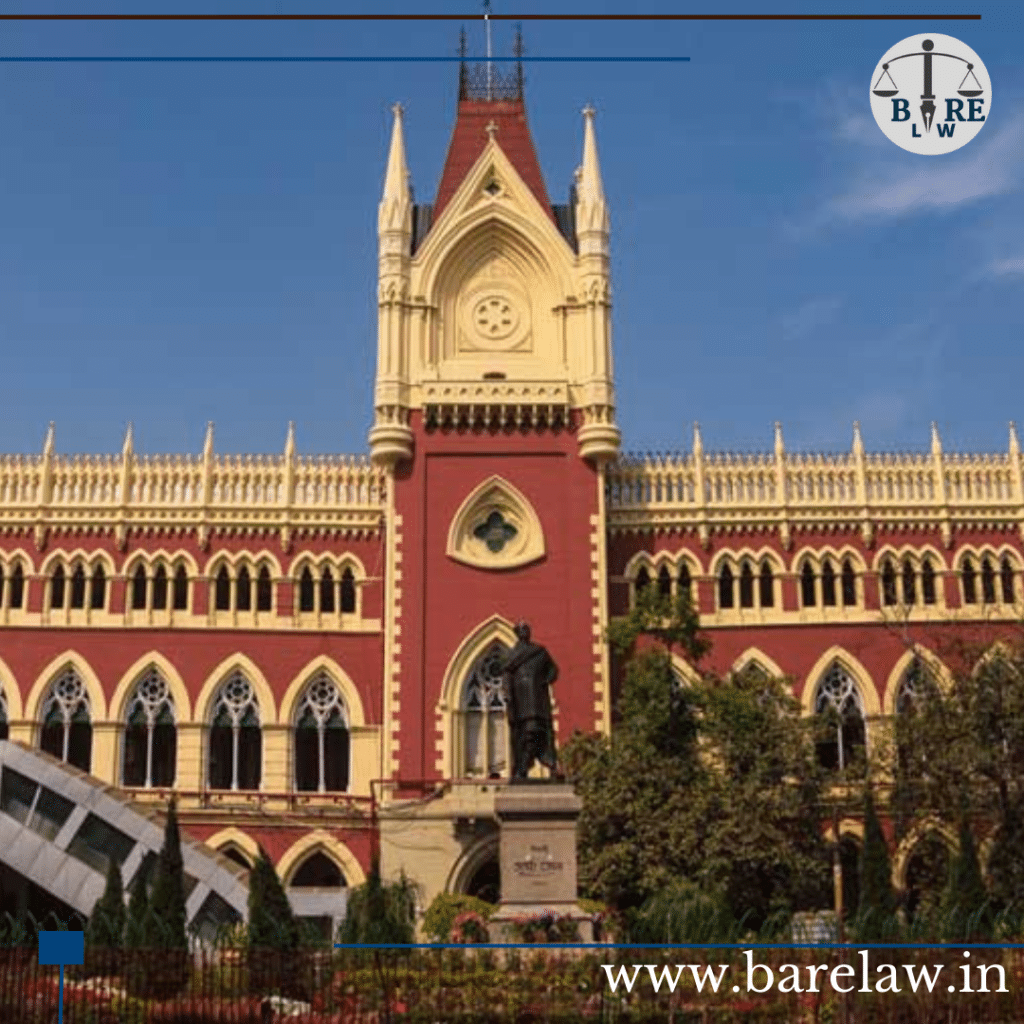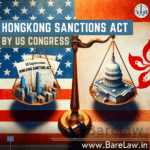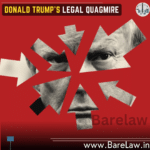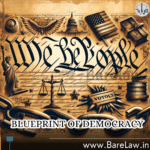
Table of Contents
Iran-United States Claims Tribunal: Resolving Disputes After the Iran Hostage Crisis
Iran-United States Claims Tribunal: Resolving Disputes After the Iran Hostage Crisis
Introduction
Following the Iran Hostage Crisis that caused the Iran-United States relations to deteriorate Iran and the United States agreed on the Iran-United States Claims Tribunal establishment in 1981 as one of the institutions that facilitated the resolution of the arising aftermath. The tribunal serves as a tool within which a broader scope for the settlement of different categories of claims, ranging from property, contract, diplomatic protection, among others, may be actualized. This writing illuminate origin, functions and importance of the Iran United States Claims Tribunal and its role in mending the contentious relationship between the two states.
Background of the Iran Hostage Crisis
Unlike the other crises, this particular Iran Hostage Crisis, also referred to as the Iran Hostage Crisis, was one of the crises who might have had the greatest effect on the Iran- America relationships as far as 1979 to 1981. The most highlighted event of 1979 in our country/region that I will never forget, was the operation in which Iranians militants attacked the American embassy in Tehran on November 4th, and taking 52 American diplomats and citizens, holding them as hostages for 444 days. The conflict exerted strains on diplamic relations, and tensions between the two nations were not mitigated.
Establishment of the Iran-United States Claims Tribunal
The Iranian Hostage Crisis solution which was followed by Iran-United States Claims Tribunal formation served as the grounds for the entire process. On January 19, 1981, even before these US hostages were released, Algiers Accords were signed, consisting of two main parts: freeing the US hostages and forming a Iran-United States Claims Tribunal. The committee had as its primary function to deal with the whole range of issues that arose from the case and the long-standing disagreements between the two partnerships.
Functions and Structure of the Tribunal
The Iran-United States Claims Tribunal is a foreign arbitral institution around the globe, and it remains in The Hague, Netherlands, as its seat. It is comprised of three panels: (1) United States Panel, (2) Iranian Panel, (3) Neutral Panel comprising of persons of other countries. Each arbitration tribunal has three arbitrators selected by the home governments or saved for the UN Secretary-General.
Types of Claims Handled by the Tribunal
As its jurisdiction is broadly and comprehensively defined, the tribunal might consider various issues related to the bilateral relationships between US and Iran.
- Property Claims: Person and authorities from the two sides registered a set of demands that had to do with destitute properties and assets during Iran Hostage Crisis and the tangled relations period.
- Contract Claims: There were many people from either Iranian or US business and corporations who were looking for solutions to contracts breached, to bills of exports being disrupted and financial losses resulting from the crises.
- Diplomatic Protection Claims: In this context, the tribunal was to deal with the complaints made by the nationals of one country without due protection and compensation for injuries inflicted by actions of a second country’s government.
The Tribunal’s Decision-Making Process
The proceedings of the Iran-United States Claims Tribunal are carried out by mutually acceptable rules of procedure and evidence in accordance with the agreement between the parties. The process of the arbitral includes written pleadings, oral hearings and the evidence to prove the case. The tribunal’s judgments are the conclusive and mandatory for the coexistence of America and Iran, ripe it stand as a only forum the settlement of complicated world issues.
Challenges and Achievements
Operating as an international tribunal to resolve disputes between Iran and the United States is no easy task. The Iran-United States Claims Tribunal faced various challenges throughout its existence, including political tensions, delays in proceedings, and compliance with its decisions. Despite these challenges, the tribunal has made significant achievements in settling thousands of claims, providing a forum for dialogue, and fostering a measure of stability in relations between the two countries.
Impact on Iran-United States Relations
Acting as an independent committee to address the adversities between the United States and Iran sounds like a sweet deal but, in reality, it is a very tough job. During its lifespan, the Iran-United States Claims Tribunal was able to combat numerous challenges, including conducting trials under political pressure, delays, and the defiance of its verdicts. Despite these problems, the arbitration court has indeed been able to make solid and magnificent achievements not only in BP settlements and more dialogues happening but also to maintain a measure amount of calmness in relations between the countries.
Continued Relevance and Future Prospects
As of the present day, the Iran-United States Claims Tribunal continues to operate, addressing remaining claims and lingering issues between the two nations. Its existence serves as a testament to the value of peaceful dispute resolution and diplomacy in addressing complex international conflicts.
Conclusion
An international institution developed precisely for the purpose of resolving disputes that arise from tumultuous and strained diplomatic relations between Iran and the U.S, i.e Iran-U.S Claims Tribunal, carries with it a very significant historical resonance. By exploring arbitration, the court has been trying to handle jurisdiction through issues related to property, contract and diplomatic protection, thereby establishing a sense of stability between Iran and the United States. However, the presence of the tribunal serves to reinforce that peaceful discussions and an ability to solve conflicts in spite of the limitations are an important feature in the non-violent navigation of disputes in international matters.





